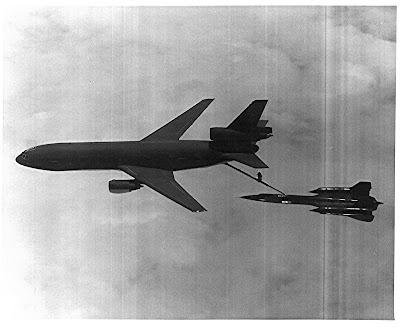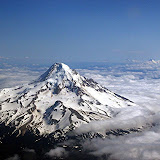Air Camping at Historic Columbia California
Some pilot's have a secret - air camping. Air camping is like regular camping, you arrive, set up your tent, eat under the stars, have a fire and marshmallows and a hearty breakfast over a wood stoked fire the next morning before you leave. Except in Air Camping, you don't drive in, you fly in.
There is a network of air camps around the country - some better known than others. One of my favorites is at Columbia CA. The campground is located along a grass strip, and all manner of aircraft can be found one the line. It's easy to find, it's about 45 miles north of Modesto and on all maps, but you have to research a bit to learn about the campground.
On one trip in my Aeronca - NC 3236E - flying north to watch my brother graduate from Chico State, I camped overnight at Columbia. Touching down on the soft grass felt like a dream, and my Aeronca Chief came to a gentle taxi speed without any additional input from me. Turning off the runway I say a Stinson with space next to it and pulled alongside. As I got out to admire the view and take photos of the moon rising as the sun set, A pristine red Taylorcraft flew overhead. My feeling was right, it turned out, the pilot was looking down as I looked up. He circled back and entered the pattern, touching down just as the light faded away. It turned out he had just won 'best-in'class' at the antique aircraft show in Watsonville and was heading home. Looking down and seeing all the tailwheel aircraft, he decided to stop overnight in Columbia. We spent several hours that night talking around a campfire before retiring to a peaceful sleep.
Waking up at an air campground is different. No screaming, singing, or otherwise annoying signs of typical camp life. Everyone gets up peacefully and respectfully and goes about their business, breaking camp and loading their airplanes. Soon the grass field was left to me and a few other planes. I had a different goal for half that day. I was going to visit the historic section of Columbia, the part made a state park and honoring California's gold rush years. It's a living museum of sorts - you can even ride a horse-drawn stagecoach down Main Street, then try your hand at really panning for gold.
The story of how Columbia became a State Park is fascinating in itself. Basically a dentist and his wife were friends with then-governor Warren in California, and despondent at the decaying condition of the town and the potential loss of its historical value, they worked together and had it declared a state park. Governor Warren went on to be on the Supreme court.
But there is more to the story. The dentists wife was Geraldine McConnell and she lived to be 99. Part of the deal about the town becoming a park was for Geraldine to live in her house as long as she lived. So she became the last resident of the historic town. Traveling once to the town with a friend who became the state historic architect, we got a tour inside the house from Mrs. McConnell. She was proud of it's history and spoke of many movie stars they'd hosted and the movies filmed in and around their home. The most famous was 'High Noon' with Gary Cooper. The house where Gary Cooper's character comes to recruit help to fight off the 'Miller gang' is the McConnell house. More can be learned at these links: http://www.movie-locations.com/movies/h/highnoon.html and http://www.columbiacalifornia.com/mcconnell.html Here's a photo from the trip we took to visit Mrs. McConnell.
If you want a fun destination where you can stay overnight in hotel or camping, fly in and visit a restored gold mining town - Columbia is the place, even if you just want to sit by a fire and watch the moon rise into a darkening sky over a field of antique aircraft at rest for the night.























